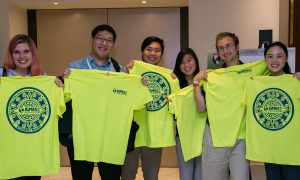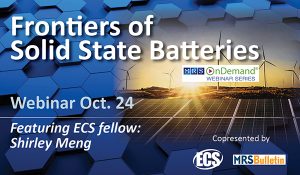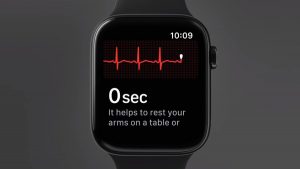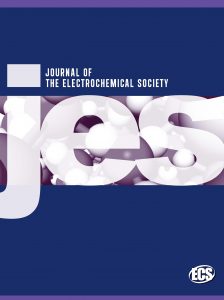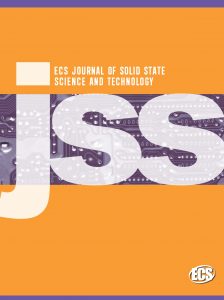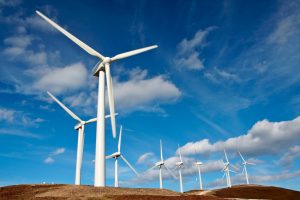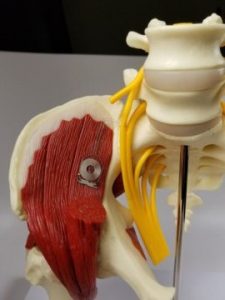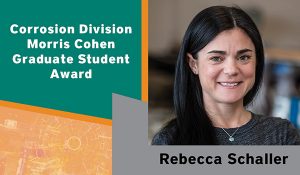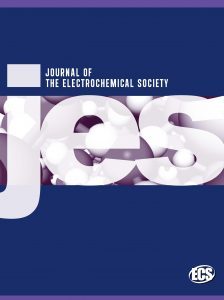 Journal of The Electrochemical Society
Journal of The Electrochemical Society
Call for Nominations for Technical Editor in Sensors
New Deadline: November 14, 2018
The Electrochemical Society (ECS) seeks to fill the position of sensors technical editor for the Journal of The Electrochemical Society.
About ECS Journals & Research Areas
ECS has been long-heralded as the nonprofit home of the Journal of The Electrochemical Society (JES), its flagship journal. Published continuously from 1902 to the present, JES, the oldest peer-reviewed journal in its field, remains one of the most-highly cited journals in electrochemistry with a cited half-life of greater than 10 years. JES and the ECS Journal of Solid State Science and Technology (JSS) provide unparalleled opportunities to disseminate basic research and technology results in electrochemical and solid state science and technology. JES publishes a minimum of 10 regular and up to six focus issues each year and offers author choice open access.


